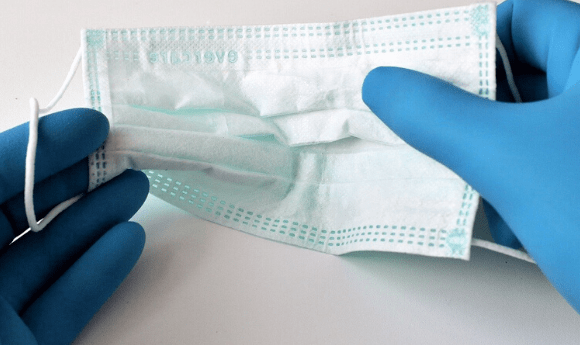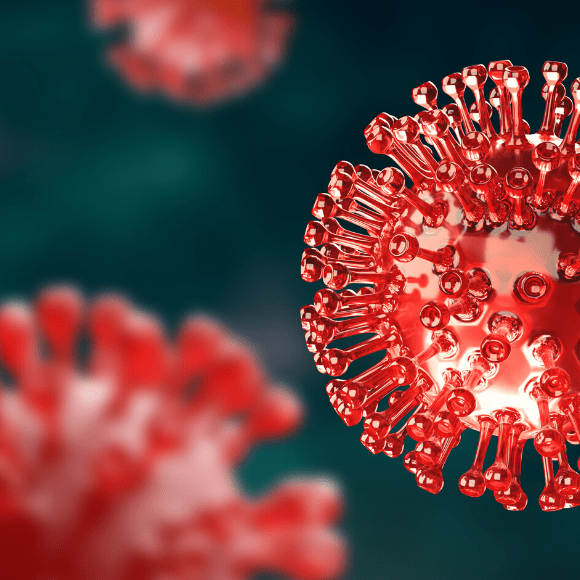Are cancer patients more vulnerable to severe outcomes of COVID-19?

A front-line view of cancer treatment in the global COVID-19 outbreak provides an insight to the rate of infection and lethality of SARS-CoV-2 infection in cancer patients.
A plenary session at the AACR Virtual Annual Meeting I (27–28 April 2020) sought to address the current unknowns of COVID-19 impact on cancer patients, with presentations of the results of the earliest studies.
Are cancer patients more vulnerable to severe outcomes of COVID-19? This key question was addressed by all presenters, however, two studies stood out as appearing to have opposing outcomes.
If you would like to keep up to date with our content on coronavirus, you can sign up for our site here, where you can subscribe to our newsletters for free!
Cause for concern
The first study was a large-cohort study of COVID-19 in the cancer population, providing insight into the effect the ongoing SARS-CoV-2 outbreak has on the cancer population.
Including 105 cancer patients and 536 non-cancer patients, each with confirmed COVID-19, the study describes the clinical characteristics and outcomes of all patients infected by SARS-CoV-2, documenting the information for different cancer types, stages and treatment strategies.
Compared with non-cancer patients, cancer patients with COVID-19 had a higher risk for all severe outcomes of the disease, including intensive care unit admission, use of invasive mechanical ventilation and death. Patients with hematological cancers, including leukemia, lymphoma and myeloma, had the highest rates of severe outcomes, followed by patients with lung cancer.
Patients with metastatic cancer had a higher risk of severe outcomes, irrelevant of the primary cancer type, and those with lung metastasis were particularly at risk. Those who had undergone surgery or treatment with immunotherapy tended to have higher chances of severe symptoms. In comparison, patients treated with radiotherapy showed no statistically significant differences in outcome compared with the non-cancer population. Whether a cancer patient was currently receiving active treatment or not did not affect outcomes; however, there was a significant difference between cancer patients not on active treatment and the non-cancer population.
The study had several limitations, including a lack of data about each patient. A larger cohort study, potentially including multiple countries, with greater data collection would perhaps be more representative of the population in question. However, the authors hope that their current findings will assist in identifying the key risk factors and protecting cancer patients who are currently affected by the COVID-19 pandemic.
 Treating COVID-19 in cancer patients
Treating COVID-19 in cancer patients
The impact of COVID-19 on cancer patients can be devastating. This study identifies the risk factors that could indicate poor outcomes for patients.
A positive outcome
A team from the Gustave Roussy cancer center (Paris, France) reported on their experience during the COVID-19 pandemic. Adversely, they did not find any evidence that cancer patients are more aggressively impacted by SARS-CoV-2 infection than the general population.
Gustave Roussy found themselves significantly impacted by the COVID-19 pandemic, with their first positive case confirmed on 14 March, 2020. This led to an immediate need to reorganize the care of cancer patients, aiming to protect them as they may be more heavily impacted by SARS-CoV-2 infection, while maintaining an optimal level of cancer care.
During the time of assessment (14 March – 15 April), 7251 cancer patients were managed at the center and 3616 were hospitalized. Of those hospitalized, 1302 were tested for COVID-19, with 12% testing positive. RT-PCR was used as the method of diagnosis in 93.4% of cases.
Most COVID-19 positive cases were female (58%), with a median age of 61 years. 58% also had metastatic cancer at the time of diagnosis and 41% were considered to be in remission. By the time the team came to evaluate their data, 95 patients were discharged, 20 patients had died and 22 were still hospitalized.
The mortality rate of patients stood at 14.8% while the mortality rate of the general French population was 18.3%. The rate of infection of their cancer patients was also comparable to the general French population.
There was also no evidence that COVID-19 was more lethal to cancer patients given the routine SARS-CoV-2 treatment. Therefore, it is justified to continue to deliver optimal cancer treatment to patients, with proper protective measures and testing in place.
Moving forward
Commenting on the differences between these two studies and their outcomes, Fabrice Barlesi (Gustave Roussy) explained that they could not be compared as the French team did not utilize a non-cancer patient population, adding “in our experience, it does not seem that COVID-19 by itself in cancer patients is representing a higher risk of death.”
Barlesi also stated that the team was aware of any underlying health problems within their cancer patients and were therefore able to attribute any deaths to those or COVID-19 as the sole cause.
Both studies agreed that frail patients, those with hematological diseases, those who have advanced active disease and have received cytotoxic chemotherapy within the past 3 months, are all at higher risk of severe outcomes from COVID-19 infection.
There is now a call for standardized COVID-19 therapeutic management and continued study of the impact of COVID-19 infection on cancer patients, with more focus on looking at different types of cancers individually. As presenter Marina Garassino (National Cancer Institute of Milan, Italy) put it, “COVID-19 and cancer cannot be put into the same basket.”